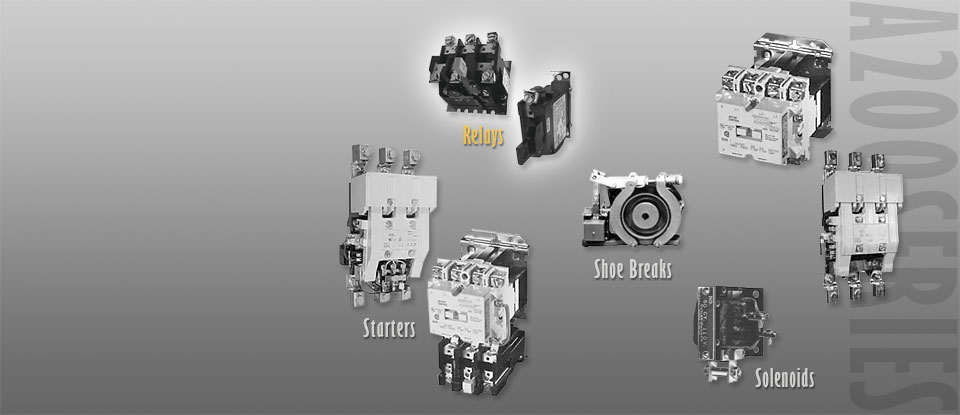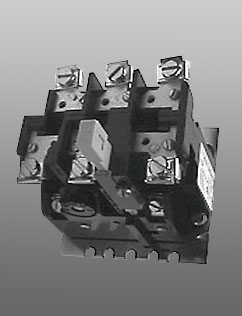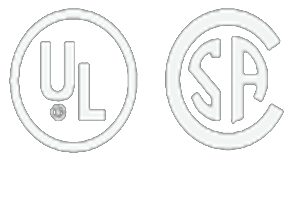Eaton A200 Series - NEMA Contactors, Starters, Relays & Shoe Breakes

Relays—Thermal and Fast Trip

Product Overview
Type B and Type A, Class 20 Thermal Overload Relays from Eaton’s Electrical Sector will protect the motor against abnormal overload conditions. Bimetallic actuated, they are available as either ambient compensated or noncompensated in either single pole or block type three-pole design. Type B use one pole of the three-pole block for single-phase. Single-pole relays are also available as Fast Trip Class 10 ambient compensated type, which provides approximately 125% motor protection with a tripping time of less than 10 seconds, at 600% of heater current rating. Fast trip relays can be identified by the green reset rods. They are available for panel or starter mounting. The three-pole fast trip design is composed of three single-pole relays on a common baseplate, with a common reset bar. The bimetal element is actuated by precisely calibrated heater elements which are connected directly in the circuit to be protected. Thermal actuation of this device opens the contacts in the coil circuit of a contactor or relay which results in the disconnection of power to the overloaded circuit. Interchangeable thermal heater elements for singlepole standard trip and block type overload relays are available to cover motor full load currents from 0.29 to 133A in approximately 10% steps (see Heater Application Table). Fast trip overload relays do not have interchangeable heater elements but are available in a series of ratings to cover motor full load currents from 1.6 to 150A in approximately 50% steps.
Manual or Automatic Reset
Type B is furnished with a manual reset. Type A is normally furnished set for manual reset operation and may be quickly adjusted for automatic reset when required. Automatic reset should not be used with two-wire control or where automatic restarting would endanger either personnel or equipment.
Trip Indication
An immediate visible indication of trip is provided on the overload relay. When an overload occurs, which causes the relay to operate, a trip indicator projects out and thus shows positive visual indication of trip. Type B has a mechanical trip bar to manually check the NC contact operation on the overload relay.
Adjustable Trip
On Type A, the trip rating of a specific heater element can be adjusted over a range of approximately 85% to 115% of its respective rating to permit the desired close protection. This is accomplished by turning the adjusting knob on the relay to the respective stop position.
Positive Contact Break
A follow-through contact, provided on the stationary terminal of the snap action control switch, provides reliable electrical continuity during toggling, thus eliminating false trip sometimes prevalent with thermally operated switches. This contact also allows contact wipe for further reliability.
Ambient Compensation
Motor overload protection can be provided with the same trip characteristics in ambient temperature from –40° to 77°C (–40° to 167°F). A compensating bimetal maintains a constant “travel to trip” distance independent of ambient conditions. The compensating feature is fully automatic and no adjustments are required over wide fluctuations in ambient temperatures. Compensated relays are identified by black reset rods on Type A and light gray reset rods on Type B, while noncompensated relays use red reset rods. AA three-pole units have gray reset rods. AA one-pole units have black reset rods.
Control Contact
Single-pole and block type relays are supplied as standard with a SPST NC control contact. A SPDT NO-NC with common is available as a factory modification on Type A. An isolated NO contact can be supplied on Type B as either a factory modification or as a field kit.
Standards and Certifications
|
 |